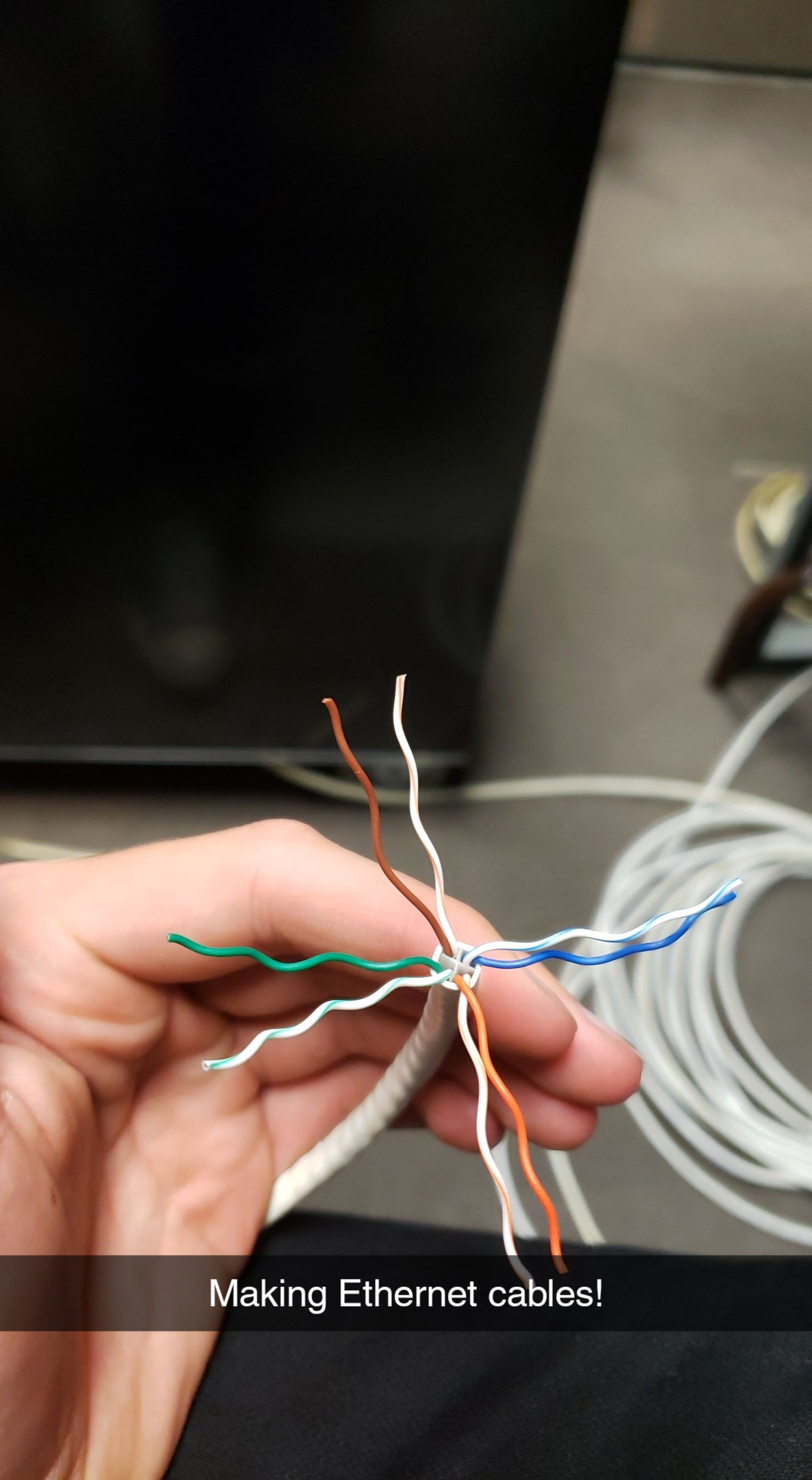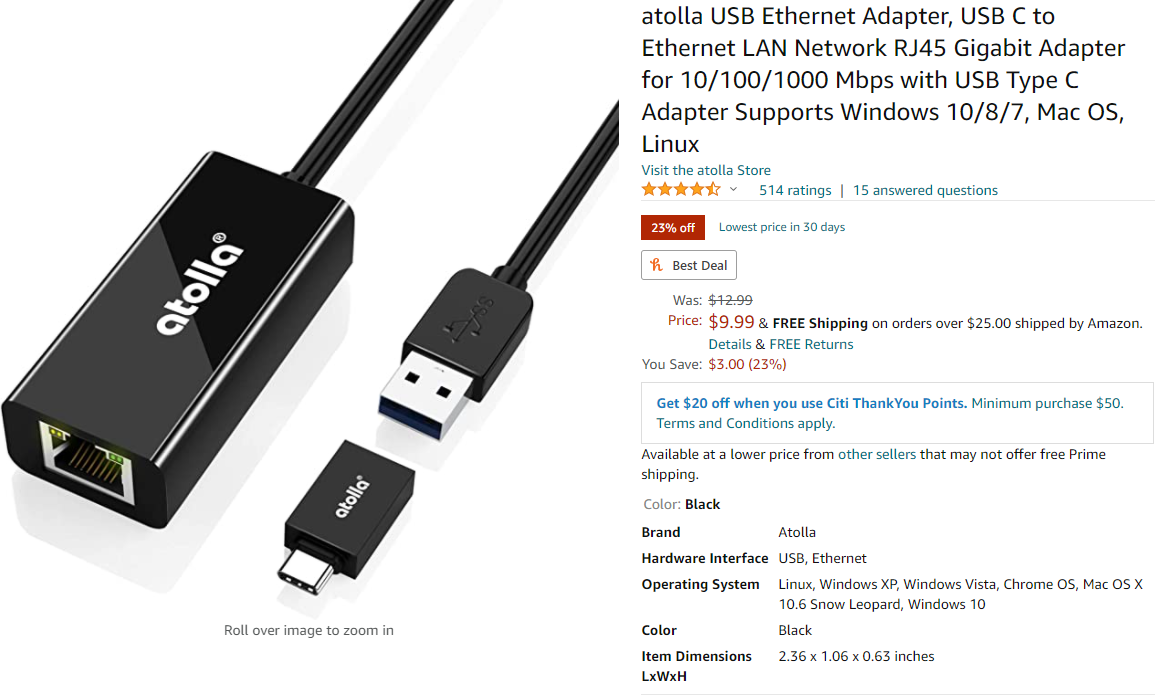Objective:
Begin to build the video show file and along the way identify and solve challenges to make technical rehearsals as efficient as possible.
On this Page:
A. The First Rehearsal
B. OBS Ninja Issues
C. Transitioning to Zoom
D. Teleprompter Implementation
E. Performer Hardware Issues
F. Video Streaming Platform
B. OBS Ninja Issues
C. Transitioning to Zoom
D. Teleprompter Implementation
E. Performer Hardware Issues
F. Video Streaming Platform
A. The First Rehearsal
The first rehearsal took place on Zoom as it was a platform that the company was comfortable with and thus would not require much technical troubleshooting to ensure everyone could hear and be heard. In the first rehearsal I took responsibility as the Stage Manager to run down a typical first rehearsal agenda (Introductions, Designer Presentations, Read-through, etc.) adding in a conversation about our current performance medium and the technical aspects of the video production. The Director and Stage Management decided that the sooner we could rehearse with show conditions, the better. From that we made a plan to start the next rehearsal in OBS Ninja with Zoom as a backup.
B. OBS Ninja began having issues
When the second rehearsal began we started to see some issues arising with OBS Ninja. 3 of the 9 performers were having technical difficulty issues that prevented them from effectively rehearsing. We decided to move that rehearsal to Zoom while I stayed back and tried to troubleshoot issues with specific performers. Once the number of people in the OBS Ninja room was reduced the performer's issues seemed to go away. This led to the hypothesis that the more people that were in an OBS Ninja room led to increased strain on hardware, likely by an increased need of bandwidth to see each person’s video feed. This problem was not apparent in original testing as the people we used to test had more stable internet connections with higher bandwidth relative to the performers.
We started the third rehearsal in OBS Ninja as well, the same issues occurred. We moved that rehearsal to Zoom and began looking at plan B for how the show could be produced.
C. Transitioning to Zoom for production
The plan B that we developed was to have rehearsals and shows happen in Zoom while I screen grabbed the individual performers on my screen and used those videos as separate camera inputs into OBS. There were a few issues with this. First is video quality as moving to Zoom I was subject to the resolution that someone appeared on my screen which in some cases could be 280px by 160px which would not look great if "full screened" as most people are used to seeing HD video (1280px by 720px). The second issue was audio. In moving to Zoom I lost the ability to control on a per-performer basis and was subject to what Zoom thinks I should hear (pets making noise, loud neighbors, someone being unmuted in general).
We ended up having the rest of the rehearsals in Zoom which worked but required more programming from me as I would have to update presets of screen recordings every night.
D. Teleprompter Implementation for Performers
One of the elements of the show "Everybody" that makes the show difficult to produce is the casting lottery. For each show there are 5 performers that are assigned to one of 5 random roles each night. Due to the short rehearsal period and the scope of the project the Director asked if a teleprompter could be used to alleviate the strain on performers for memorizing lines. After some research an online software "Teleprompter Mirror" was used as it was free and easy to use. A copy of the script was formatted by an assistant of the director that could be placed into the teleprompter for use. The teleprompter was implemented in the second week of rehearsals and I ran them. I used OBS Virtual Camera to share my screen as a "person" in Zoom so performers could pin the teleprompter to see it at all times instead of a more intrusive "screen share" on Zoom that takes up the whole screen. As we approached technical rehearsals it became clear that I would not be able to run the teleprompter during the show as I would be too busy switching video and managing SM tasks. A rehearsal ASM was brought on to the run team as a teleprompter operator and assumed responsibility of running the teleprompter a few days prior to technical rehearsals.
Sample Image of Telepromter
To check out software go here: https://telepromptermirror.com/telepromptersoftware.htm

Photo from learning to crimp RJ45

Researched and purchased adapter
E. Performer's had hardware Issues
Something that became apparent during Zoom rehearsals was that certain performers hardware and internet connections would cause issues during performances due to them dropping out of the call. The way I managed the screen capturing into OBS was via pinning performers in Zoom, but if a performer dropped out of a call, the pinned windows would rearrange and catastrophically affect the screen grab in OBS. Because of this we took steps to try and improve the hardware of performers with consistent issues. Our main performance center was getting a networking overhaul so there was a surplus of Cat6 cable and RJ45 connectors. I was taught how to make the cables with oversight from a building staff member and made the necessary cables. USB Ethernet adapters were researched and purchased for performers whose system did not have an Ethernet port.
Video Streaming Platform
The video streaming platform was not finalized until late into the rehearsal process due to an ongoing conversation about show rights. I was asked for research and input on potential streaming platforms other than showtix4u.com which is the platform that was written into the show rights. I offered knowledge and benefits of the other major platforms I knew of, YouTube, Facebook, and Twitch, which can be seen on the image to the right. We primarily did not want to use showtix4u.com because despite us wanting to have free tickets, there was a service charge regardless of ticket price for patrons. Showtix4u.com was used in the end to abide by the show contract.
Quick Comparsion List made by TJ